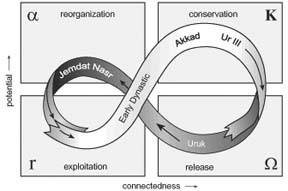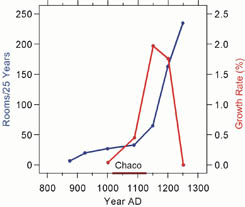
Research and training in quantitative and formal methods have long been internationally recognized strengths of ASU’s archaeology program, with five archaeology faculty actively publishing on such topics as spatial analysis, materials sourcing, Bayesian methods, dating, and the measurement of archaeological diversity. More recently two quantitative scientists who work closely with archaeologists—Marco Janssen and Marty Anderies—have joined the School faculty. Their extraordinary expertise in agent-based and dynamical modeling substantially enhance ASU’s strength in cutting-edge quantitative methods. Two additional faculty with strong expertise in biostatistics have also recently joined SHESC.
The archaeology faculty as a whole sees methods of quantitative analysis and formal modeling to be essential tools for contemporary archaeology and they routinely employ these methods in their own research. As a matter of course, archaeology graduate students become familiar with a substantial range of quantitative methods. In addition, the archaeology program provides extensive opportunities for advanced training in methods of quantitative analysis and formal modeling. Students commonly use both basic and advanced formal methods with great success in their own work. 
Key Archaeology Faculty:
David Abbott
Michael Barton
Christopher Carr
Keith Kintigh
George Cowgill (emeritus)
Faculty elsewhere in SHESC:
John (Marty) Anderies (Mathematical Bioeconomics)
Gerardo Chowell (Biostatistics)
Marco Janssen (Quantitative and Experimental Social Science)
Christopher Stojanowski (Bioarchaeology)
© 2007, School of Human Evolution & Social Change, ASU (revised 9/4/2007)